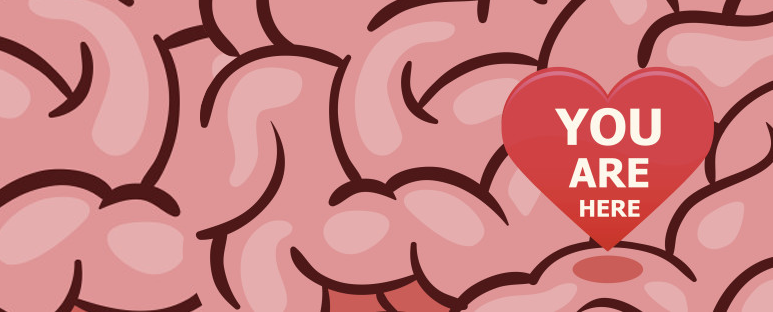Some interesting data from the point of view of neurosciences found in her research, Helen Fisher states. Learn more with our handy blog and welcome to our random video chat.
People in love have more activity in the ventral tegmental area of the brain, which produces dopamine, and in the caudate nucleus. Both areas are part of the basic reward system, which is associated with motivation to achieve goals. "The area of the ventral tegmental area in which we find activity is the same that is activated when the person experiences the so-called cocaine rush" (that is, when we are in love, we are materially addicted to the other person).
This indicates that "romantic love is not an emotion.
It is an impulse, a physiological need of the human being. Remember that dopamine is the hormone of pleasure, then being loved gives pleasure to see you, to live or just to remind you. However, in people who have suffered from some rejection they found brain activity in the area of the same reward system: part of the nucleus accumbens, which is related to addictive behaviors (such as gambling) in the insular cortex Associated with physical pain, and in the lateral orbitofrontal cortex, related to obsessive thoughts. This would explain why some people remain in love in spite of being rejected since these areas still belong to the reward system, in which dopamine acts. "Despite not getting what you want dopamine is still working." Some of the mechanisms that are activated in infatuation are the same in men and women, such as the caudate nucleus and the ventral tegmental area. However, there are differences: "In men we have found more activity in part of the upper lobe, which is associated with the integration of visual stimuli, while in women, the areas that come into play are related to memory and memories". In addition, he added that the brain activities that occur when you are in love only happen once in the relationship, because "over time love becomes affection and attachment." Stay online and remember that you are always welcome in our video chat with girls.
On the other hand, he found the relationship in the blindness of love
When we are in love, two areas of the brain are deactivated or function less efficiently: the prefrontal cortex and the cerebral amygdala. The prefrontal cortex, the area of our rational and brighter thoughts. When the brain is in love we idealize the couple. And, the impact on the brain amygdala, which is related to fear, "we do not see the aspects that we do not like and accept the rest" (Fisher, 2004, Quesada, 2007). In this last point when we are in love we are not only addicted to the couple but also blind. Teens are an explosion of emotions, if I'm in love I do not think and I just feel. However, love implies a strategy for long-term living, not just experiencing the immediacy of pleasure. To love and love is not the same as the song says, when we really love, we are aware of the positive and negative aspects of our relationship. However, despite the negative aspects we decided to stay there, because we are consciously able to balance both sides of the balance, not because they are idealistic but realistic. You do not try to change the way of being of the couple.










